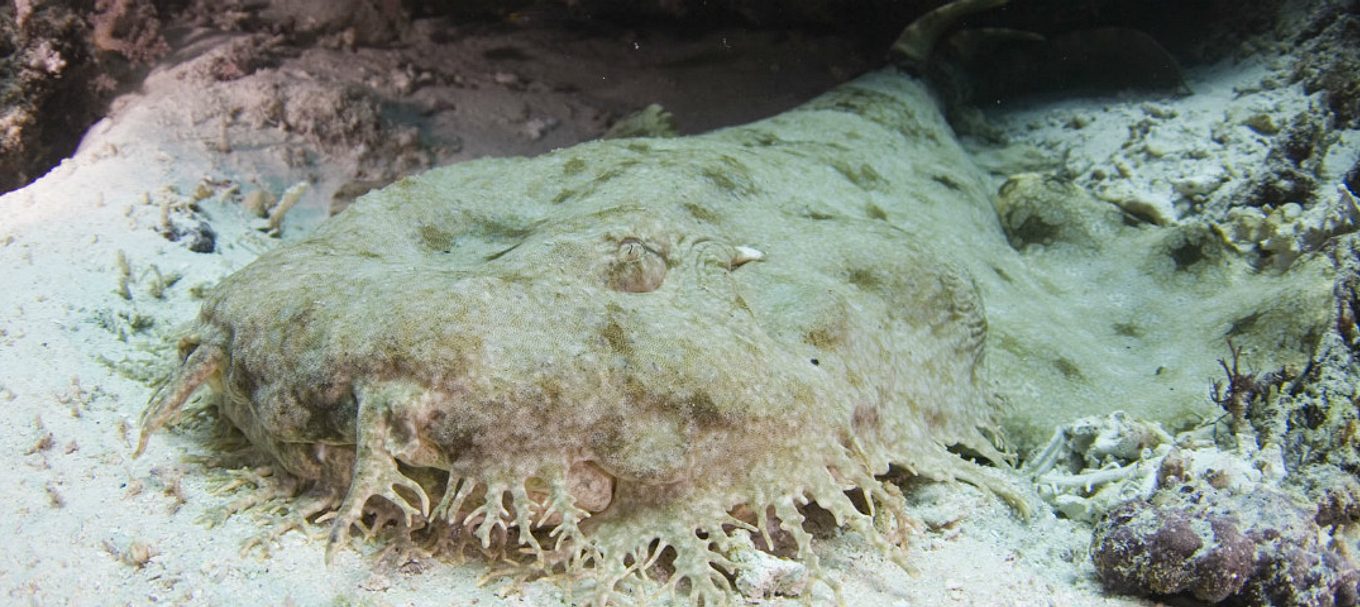
5 sharks you can find in South Australia
America has grizzly bears and alligators, Africa has hippopotamuses and lions. But tourists think Australia is an ‘extremely dangerous’ place to visit…
Sure, Australia does have about 160 species of sharks. But most species aren’t considered dangerous and shark attacks are much rarer than you think.
The average number of fatal attacks Australia-wide is one person a year. So yes, be aware, but not worried of sharks in South Australian waters.
On a positive note, did you know sharks play a vital role in maintaining the ocean ecosystem? So calm any fears by learning about this amazing cartilaginous fish, starting with the ones in our own backyard.
Here are 5 sharks that visit SA waters, and where you might find them:
1. Great white shark
Great white sharks can grow up to 6 metres long, weigh up to 2 tonne and live for more than 70 years.
They are at the top of the marine food chain, and you might be surprised to know that humans aren’t high on their menu. They prefer a diet of fish, rays, sea lions, seals and small whales.
Like most sharks, they have an acute sense of smell and a sixth sense that enables them to pick up on electrical fields through their ampullae of Lorenzini, which helps them detect prey. And unlike most sharks and fish, great white sharks can warm their blood, which gives them the power to swim fast – up to 60 kilometres per hour.
You can get up-close to these gorgeous animals off the coast of Port Lincoln on a shark cage diving tour in Neptune Islands Group Marine Park.
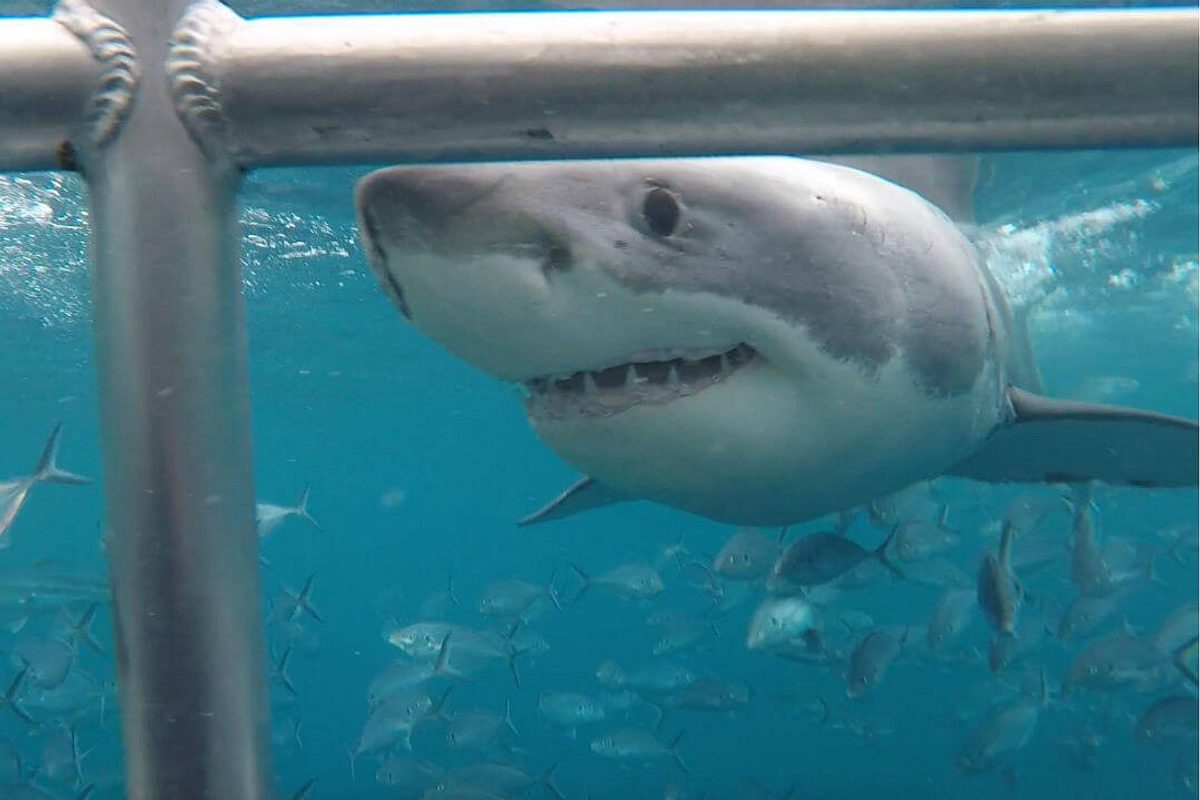
2. Port Jackson shark
The cutie of SA’s sharks is this guy. These stripy sharks can grow up to 1.65m long and were named after Port Jackson Harbour in Sydney, where they have key resting sites.
Port Jacksons forage for food at night when their prey of sea urchins, molluscs, crustaceans and fish are most active, and use caves and rocky reefs as protection during the day.
This shark is native to the waters around southern Australia, and they are regularly spotted along Adelaide’s metropolitan beaches. You might even spot one of their unique eggs while beachcombing.
Port Jackson sharks are known to congregate at Port Noarlunga Reef in Encounter Marine Park to breed.
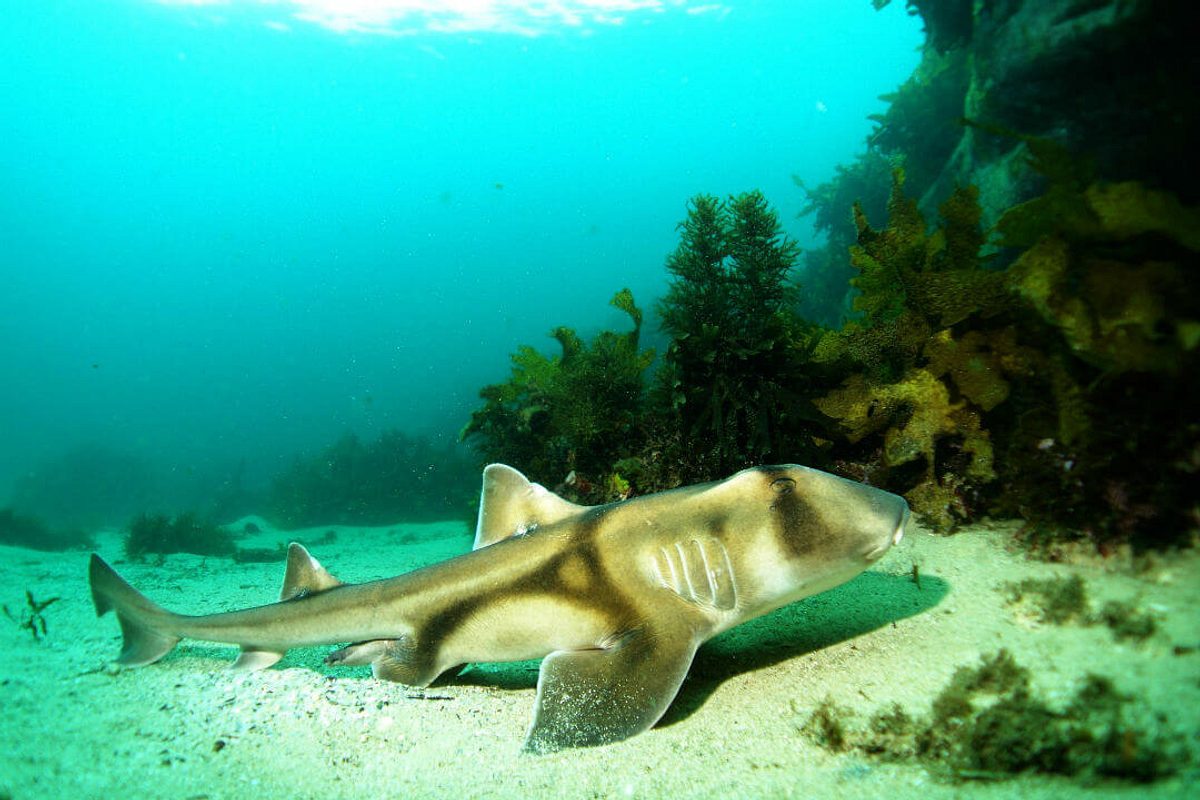
3. Wobbegong shark
The wobbegong is nocturnal and a bottom-dwelling shark, meaning they spend most of their time on the ocean floor. They can usually be seen lazing around in the nooks and crannies of reefs.
Wobbegongs have beautiful banded colour patterns on their rough skin to blend in with their environment, which also helps them sneak up on crabs, lobsters, octopuses and fish to gobble them up.
Unluckily wobbies can’t see very well, so have tasselled barbels – that look like beards – to help lure and detect prey.
Wobbegongs are found across the state, so you may spot one at your local reef.
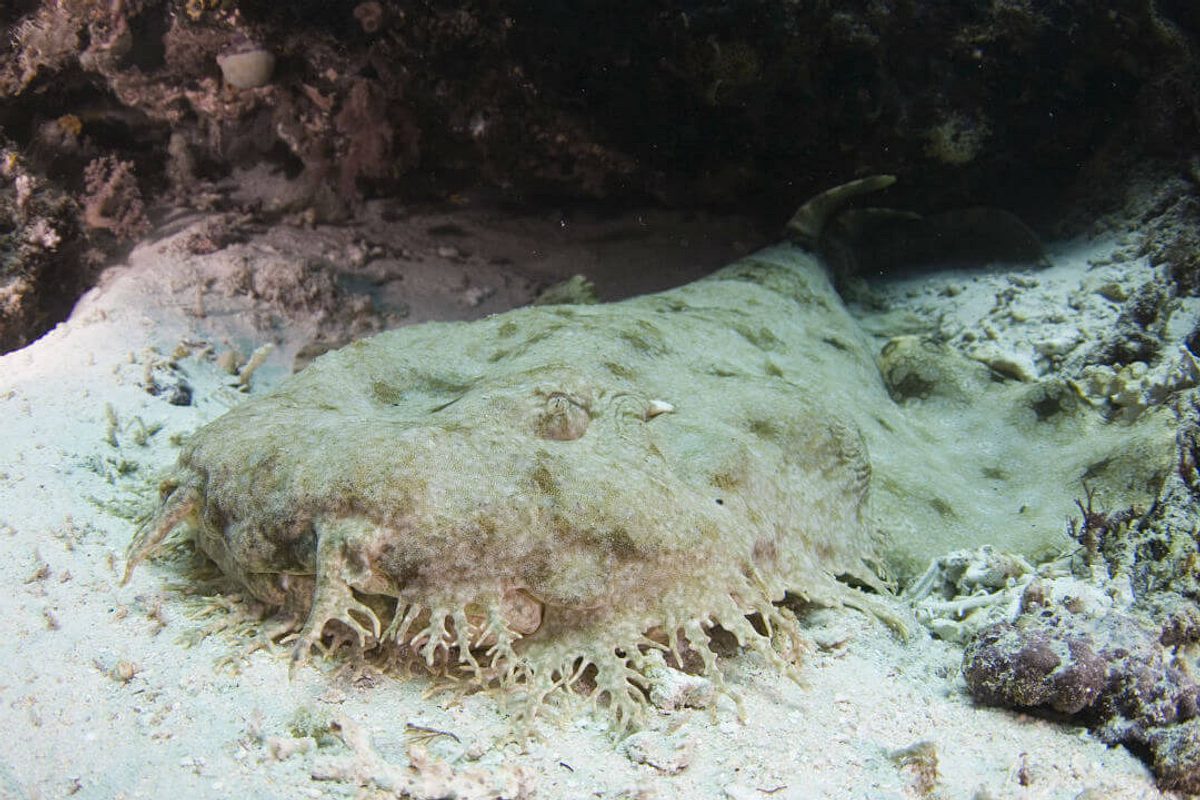
4. Bronze whaler shark
The bronze whaler is a fast-swimming shark that can grow up to 3.3m long. Its name comes from its bronze colouration, which shimmers in the water. These sharks have hook-shaped teeth and live up to 30 years.
This beautiful shark is found regularly in SA’s waters, but will migrate around the world’s oceans to breed, due to temperature changes and to find food which includes a diet of bony fish and stingrays.
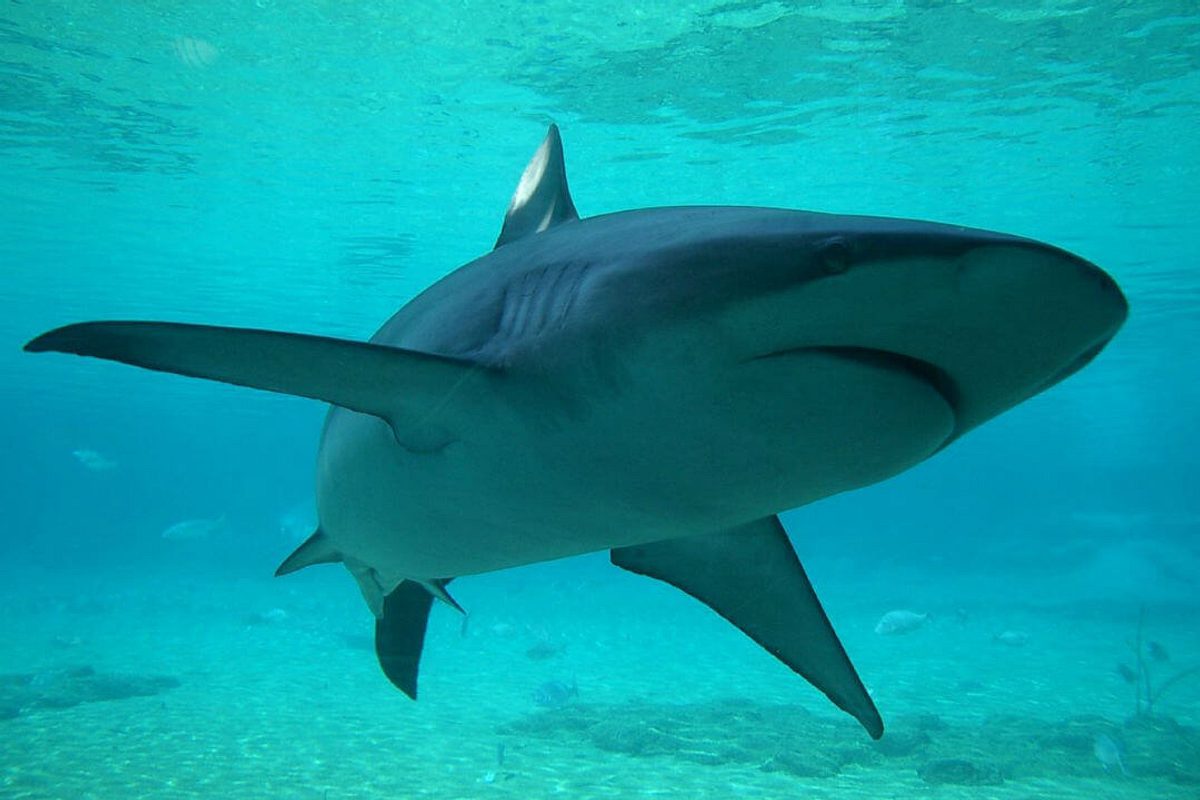
5. Gummy shark
Gummy sharks, which are sold to eat in southern Australian fish and chip shops as ‘flake’, grow to 1.75m long and live for about 16 years.
This shark gets its name from its teeth, which are smooth and flat, ideal for crushing prey such as crabs, shrimps, and shellfish.
Gummy sharks can be found across the southern waters of Australia, between Bunbury in Western Australia to Jervis Bay in New South Wales.
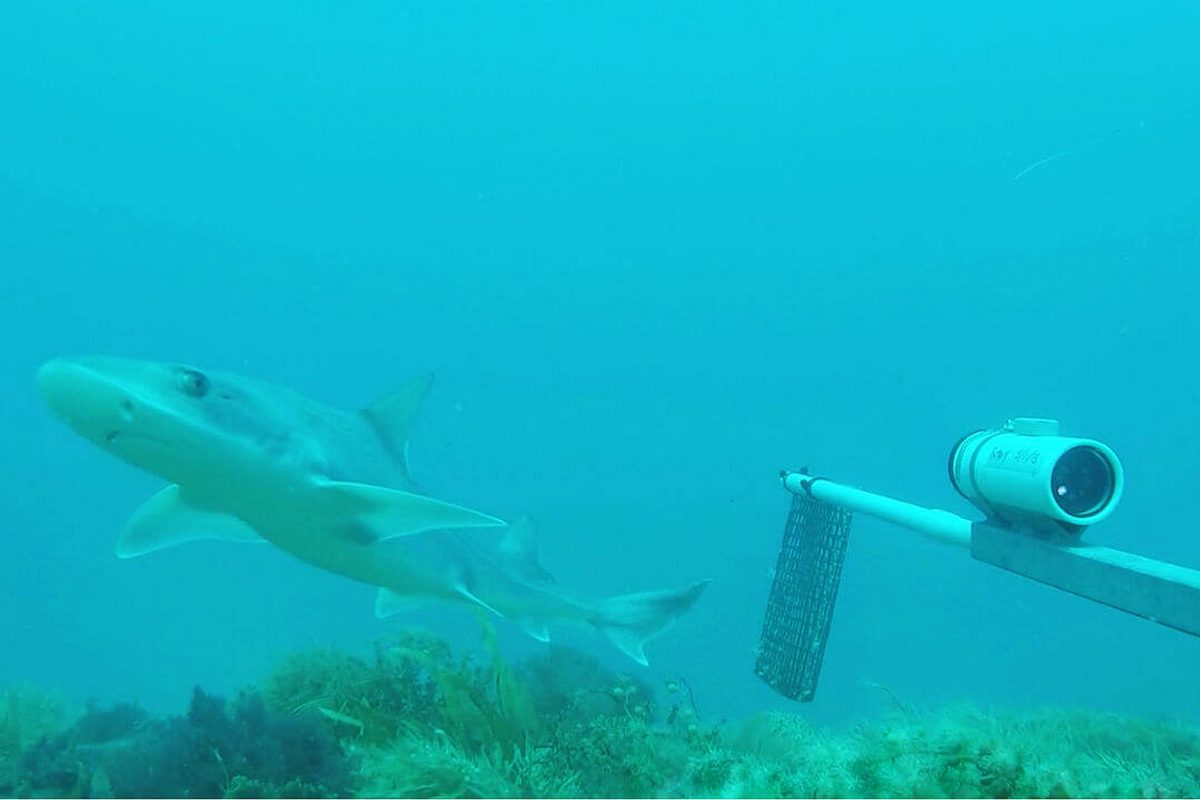
Fun fact: A group of sharks is a ‘shiver’ and a baby shark is a ‘pup’.
Interested in learning more about SA’s underwater world? Check out our blogs about whale-watching in SA and swimming with giant cuttlefish in Whyalla.
This story was originally posted in July 2018.





